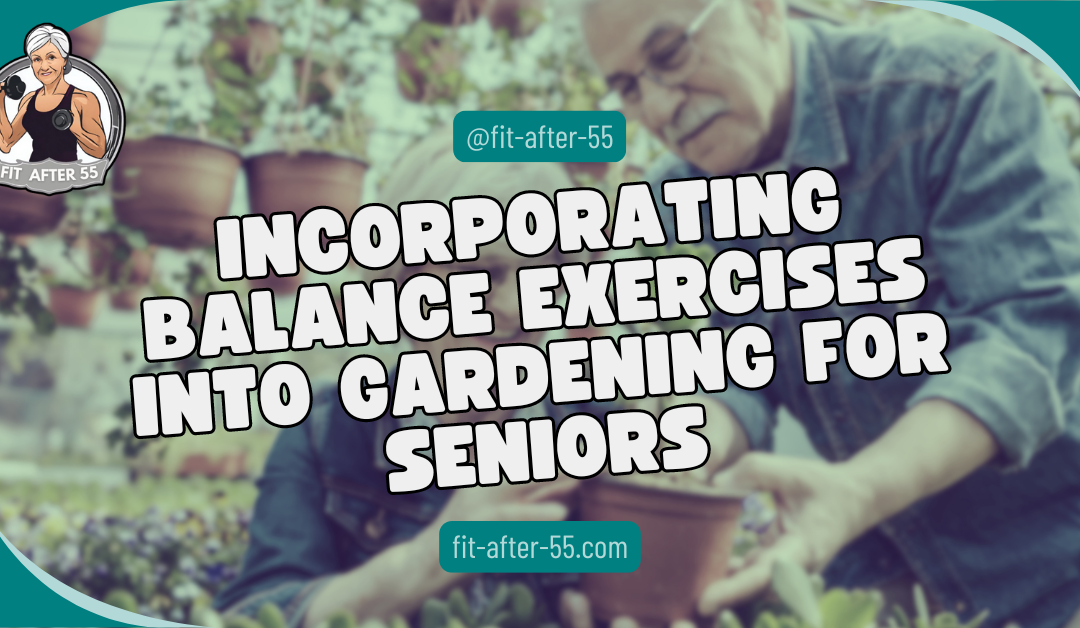Incorporating balance exercises into gardening for seniors offers a unique and rewarding way to stay active while embracing the outdoors. It’s not just about preventing falls or improving mobility; it’s about building a more substantial, healthier body while engaging in the nurturing act of tending to your garden. Picture yourself strengthening your core as you reach for a delicate flower or enhancing your stability as you kneel to pull weeds. Every movement, from bending to stretching, becomes an opportunity to improve balance and promote physical well-being. This combination of physical activity and the calming joy of gardening creates a harmonious approach to health that benefits both mind and body.
Integrating simple, purposeful movements into your gardening routine allows you to elevate your strength, flexibility, and balance without needing a structured workout plan. Gardening offers a perfect setting to perform balance exercises in a natural, relaxed environment, allowing you to connect with nature while boosting your physical health. From gentle squats to stretches while pruning, every task in the garden can be adapted to improve your stability. Let’s explore how you can transform your garden into a balance-boosting sanctuary where every task serves as a step toward better overall well-being.
Gardening for Strength and Stability: How to Cultivate Balance While Tending Your Garden

I will kick things off by sharing a nugget of wisdom that we all know but often overlook: maintaining balance is crucial, especially as we forge into our golden years. Fall-related injuries are no small matter for seniors, which makes balance all the more vital. But here’s the good news – incorporating balance exercises into gardening for seniors, a pastime beloved by many older adults, doubles as a fantastic way to strengthen those stabilizing muscles.
This isn’t just about preventing the odd stumble; it’s also about embracing the therapeutic joys that getting your hands dirty on the earth can bring. Gardening is known for its calming effects on the mind and its ability to invigorate the body. When you merge balance exercises with gardening, you’re hitting two birds with one stone: enhancing your well-being while nurturing nature.
This blend of activity offers a lot of opportunity – from the subtle squat to reach that pesky weed to the gentle stretch needed to prune that rose bush. With each move, there’s a chance to build strength and stability. And I’m here to guide you through this process, ensuring you can safely and effectively incorporate these balance exercises into your routine.
You’ll learn about the best practices that will keep you grounded and help you enjoy your garden without worrying about a tumble. By the end of this article, I aim to help you cultivate a space that is as much a personal sanctuary as a balance-boosting workout area.
Before we get into the nitty-gritty of balancing exercises, let’s consider their role in your daily life. The upcoming section will unpack the significance of balance exercises in your routine and how they can dramatically reduce the risks associated with reduced physical activity among seniors. Stay with me; you’re just a step away from merging health and hobby in a way that nourishes both body and soul.
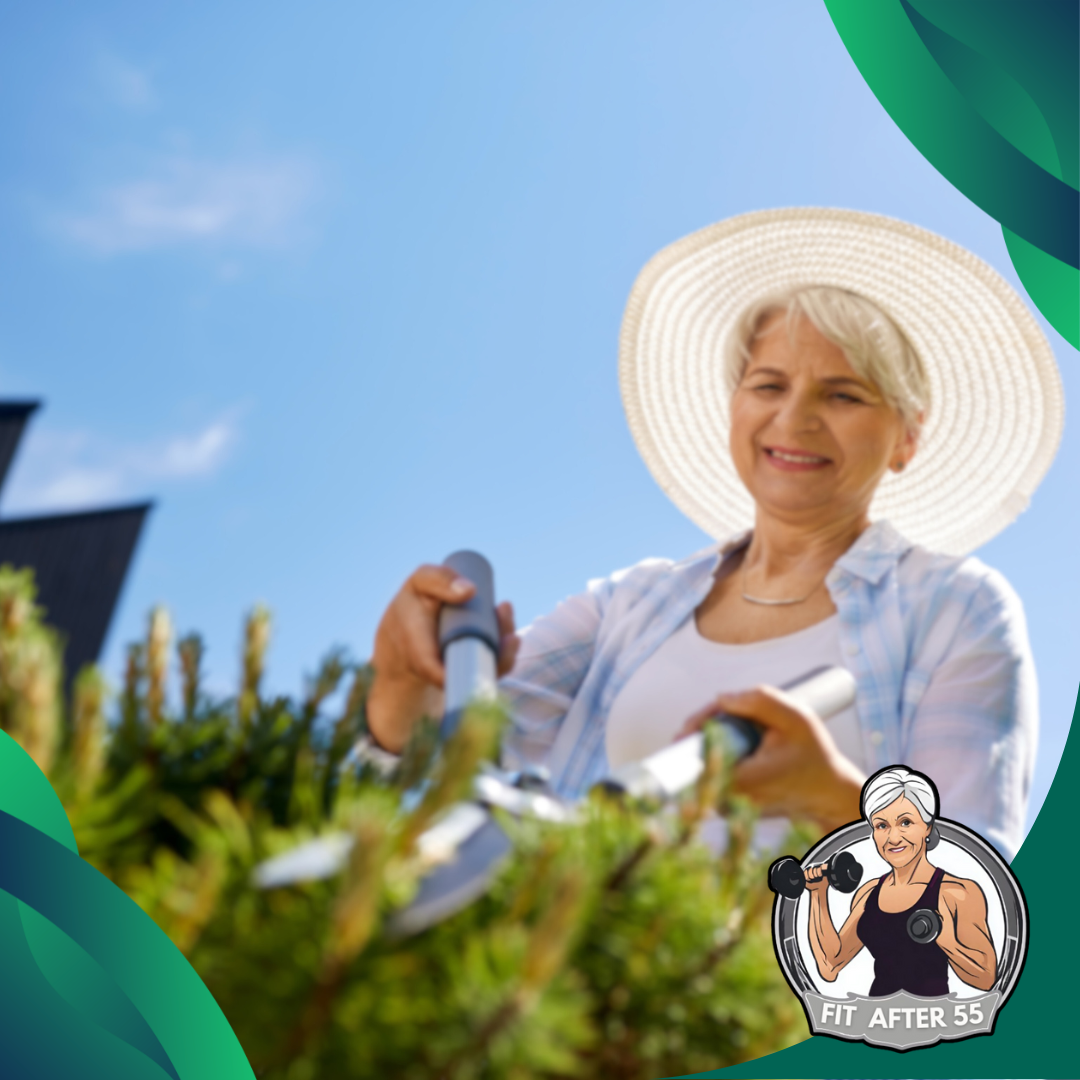
Key Takeaways
- Integrating balance exercises into gardening helps seniors strengthen their core, improve stability, and enhance overall physical well-being. Simple movements like bending, stretching, and squatting during gardening tasks can effectively boost balance and prevent falls.
- Designing a garden with accessibility in mind is crucial. Wide, flat pathways, raised beds, and ergonomic tools contribute to a safer gardening experience, reducing the risk of falls and supporting balance exercises.
- Starting with basic balance exercises and progressively increasing intensity is key. Seniors should listen to their bodies, use supportive footwear, and ensure garden surfaces are even to integrate these exercises into their routine safely.
- Lightweight and ergonomically designed gardening tools can help reduce physical strain and improve balance. Long-handled tools can minimize the need for bending and stretching, making gardening tasks easier and safer.
- Safety is essential when incorporating balance exercises into gardening. Seniors should use non-slip footwear, keep emergency contact devices handy, and consider gardening with a companion. Taking breaks and staying hydrated are also important for maintaining overall well-being.
Assessing the Role of Balance Exercises in Daily Routines
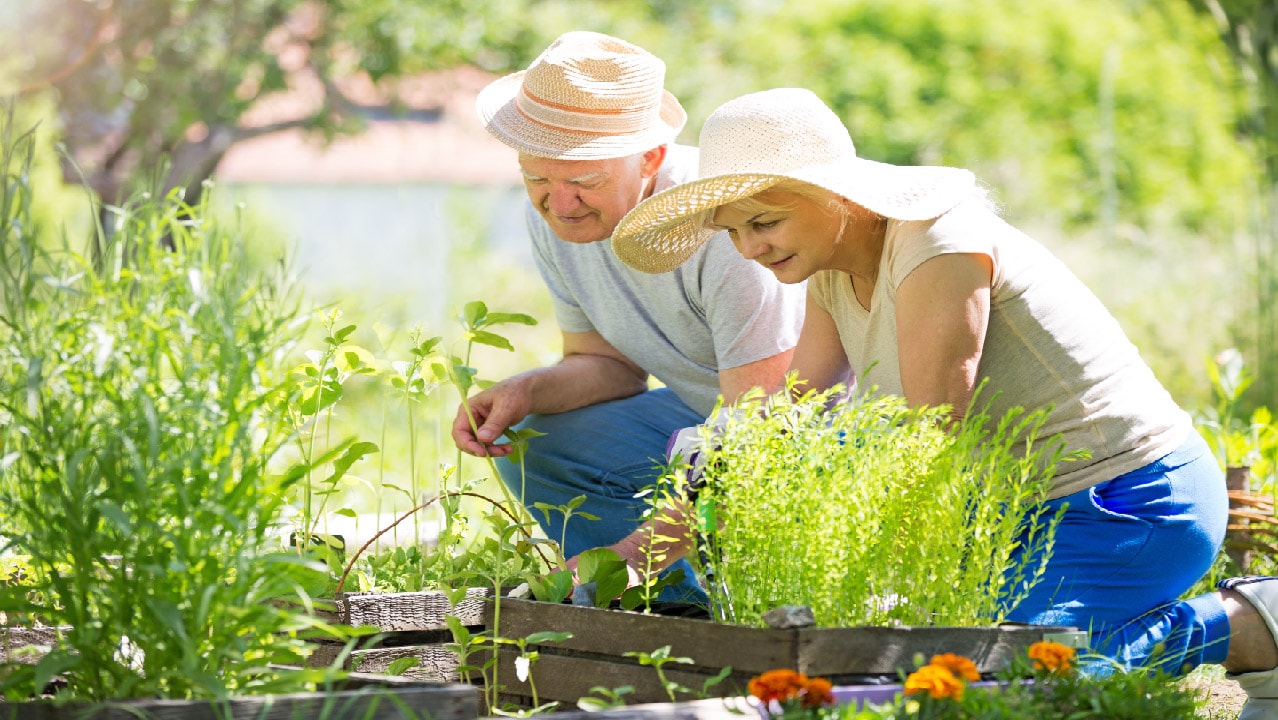
It’s a well-known fact that maintaining regular physical activity is crucial for seniors, yet the rate of reduced mobility and activity increases as we age. Incorporating balance exercises into gardening for seniors is a practical way to stay active while ensuring safety.
It’s not just about keeping fit; it’s about reducing the risk of slips and falls, which are all too familiar and can lead to severe consequences, making balance exercises beneficial and essential.
Understanding Balance Exercises
Now, what exactly are balance exercises? They’re movements designed to strengthen the muscles that help keep you upright, including your legs and core. Simple activities, like standing on one foot or walking heel to toe, can significantly affect your stability.
The beauty of balance exercises is that incorporating balance exercises into gardening for seniors can seamlessly integrate into your daily routine without needing any special equipment.
Finding Your Balance Routine
Imagine a scale when considering how to incorporate balance exercises into your daily life. On one side, you’ve got the benefits of these activities, from improved coordination to better joint stability. Conversely, you’re weighing the frequency and intensity that suits your capacity. Everyone’s balance ‘scale’ will be different, and that’s perfectly okay. The goal is to create a balanced routine that challenges you without pushing too hard.
This isn’t just about staying upright; it’s a commitment to improving your overall quality of life. Regular balance training can enhance confidence in moving around and performing everyday tasks. When it comes to seniors, who often juggle multiple health considerations, consulting with a healthcare professional can provide tailored guidance to integrate these exercises into their lives safely.
Check out this video on staying active in your garden with physiotherapy exercises.
By: Be Mobile Physiotherapy – Exercise 55+
Turning the Garden Into a Gym: Balance-Enhancing Techniques
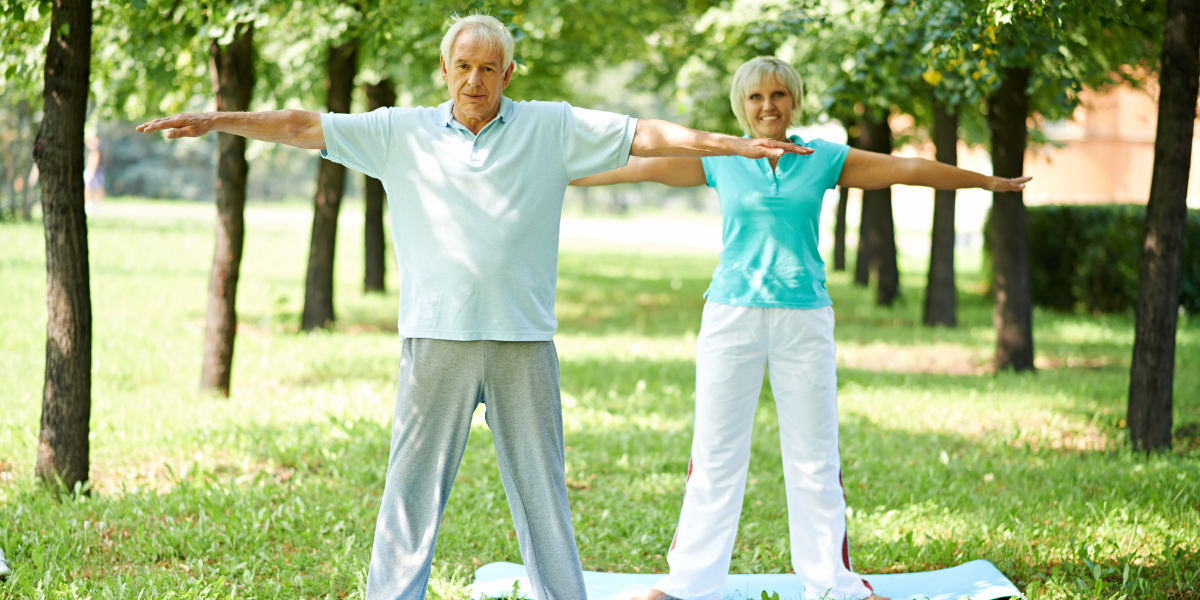
So, you’re interested in how to turn your garden into a veritable outdoor gym for balance training? I’m here to help you with that. One of the keys to incorporating balance exercises into gardening for seniors is to involve ergonomic principles. This means cultivating your plants in a way that takes care of your body, using equipment and methods that minimize physical strain.
Garden-Friendly Balance Moves
Let’s zero in on specific balance exercises ideal for the garden setting. Think about standing on one leg while watering plants with a lightweight can or stabilizing yourself on uneven ground as you stretch to prune a bush. These actions contribute to a well-manicured garden and challenge your stability muscles.
Safety naturally comes up when discussing incorporating balance exercises into gardening for seniors. Use non-slip, supportive footwear and ensure the paths and surfaces are even to avoid trips and falls. If you’re using a step stool or ladder, ensure it’s sturdy and placed on solid ground.
Stimulating Balance Through Gardening
Gardening can also stimulate your sensory system. Walking barefoot on different textures – say, grass, soil, or smooth pebbles – activates the proprioceptors in your feet. These are crucial for maintaining balance. Of course, gauge your comfort and safety with this before trying it.
For those of you ready to integrate more stability training, get creative. Use hoses as balance beams (when not in use, naturally), or practice standing on one foot while you pot plants at a table. Each action combines focus, control, and strength.
Designing a Senior-Friendly Garden: Accessibility Meets Functionality
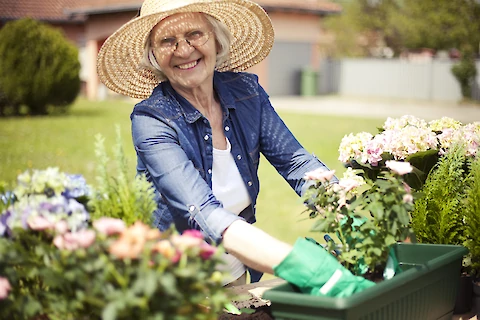
Creating a garden that caters to seniors isn’t just about aesthetics; it’s about crafting an environment that promotes health and safety. Incorporating balance exercises into gardening for seniors can play a crucial role in this process. Let’s look at how you can re-envision your green space to support balance and reduce the risk of falls.
Designing an Accessible Garden
When it comes to garden design, incorporating balance exercises into gardening for seniors is key. Start by outlining wide and flat pathways, minimizing the need for bending or reaching that can jeopardize balance. A mixture of paving materials can provide subtle tactile feedback for better footing.
Choose plants that grow at waist level to decrease the need to stoop. Raised beds and vertical gardens aren’t only trendy; they’re practical and functional and encourage a stable posture while tending to plants.
The right tools make a big difference. Choose lightweight, ergonomically designed options that are easier to handle. Long-handled tools can be particularly beneficial, as they allow for gardening without bending down or stretching upwards.
Creating a Balanced Garden
Consider incorporating elements that encourage gentle movements, which are beneficial for maintaining balance. A garden that integrates larger, stable stepping stones, for instance, can provide a perfect path for practicing balance as one walks among the beauty of nature.
If you’re considering larger layout changes, it might be worth consulting with a professional landscape designer who specializes in accessible garden spaces. This ensures the most supportive environment possible for those who treasure their time nurturing their garden.
You can always adjust your approach, but starting with these foundational ideas will foster a space where safety and the joys of gardening coexist.
Did You Know?
Simple balance exercises that can be done while gardening include:
- Standing on one leg while watering plants.
- Performing gentle squats to reach for weeds.
- Stretching while pruning bushes.
These movements help build strength and stability in a natural setting.
Maintaining Safety and Enjoyment: Tips and Precautions
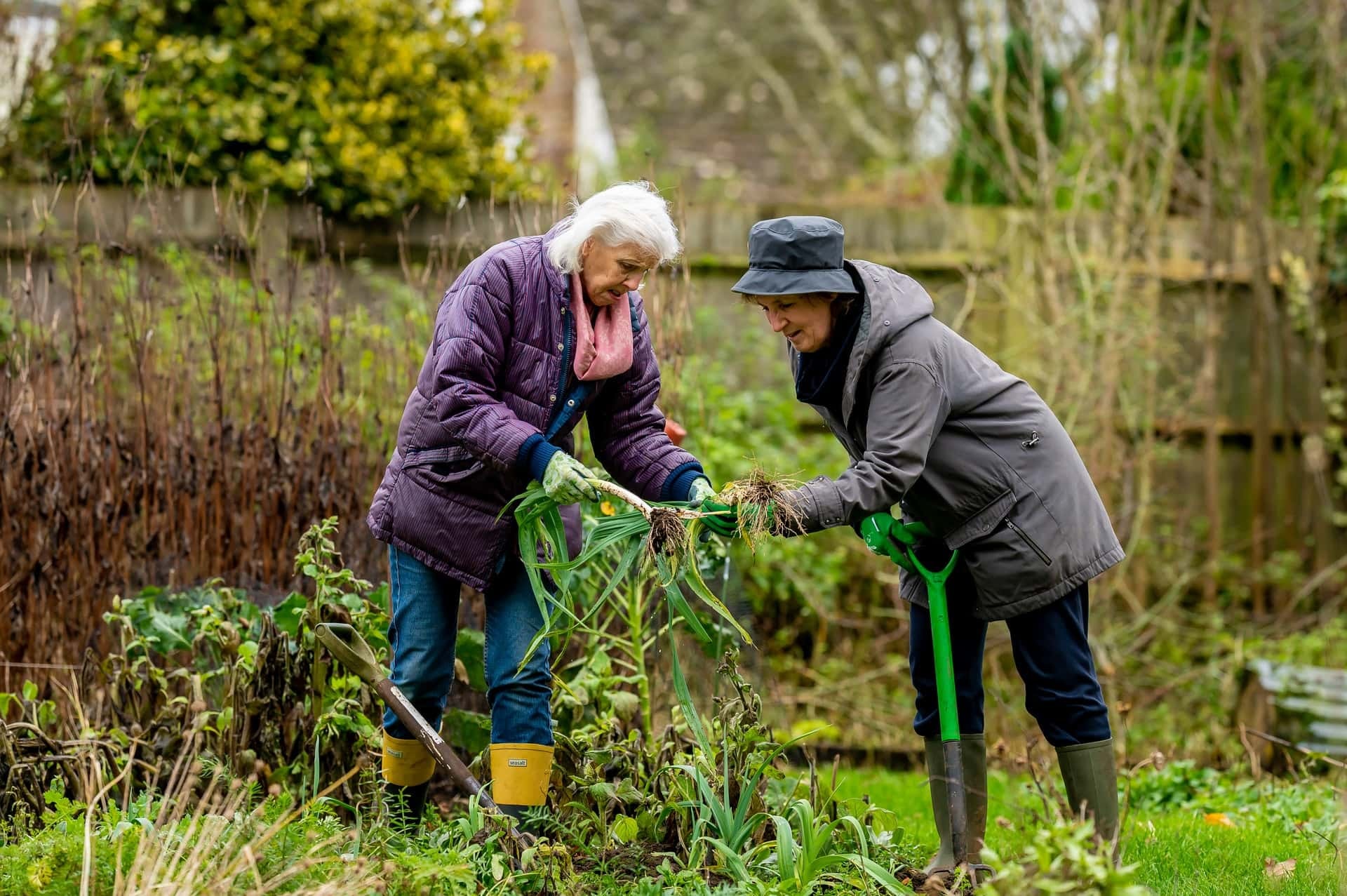
I’m here to help you end your gardening session on a high note. Safety is paramount when incorporating balance exercises into gardening for seniors. It’s not just about improving balance; it’s also about maintaining your well-being while doing something you love.
Safety First in Gardening
You’re going to find out about the importance of listening to your body’s cues. Only push beyond what feels comfortable, because your first attempt can be something other than your last. If you feel dizzy or unstable, immediately stop the activity and rest.
Always have a plan for safety when incorporating balance exercises into gardening for seniors. Keep a phone nearby in case you need to call for help, and do your gardening when someone else is around. It’s better to be cautious than to risk an injury all alone.
Prioritizing Self-Care in Gardening
You can always adjust your approach down the cycle of seasons. Need to finish pruning today? No worries. Prioritize your safety above completing the task. Rest is just as beneficial as activity for seniors, blending balance exercises with gardening.
Stay hydrated, especially on hot days, and take breaks as needed. You might be eager to see your garden flourish but pay attention to the need for your own care. Hydration and pacing are the silent heroes in this outdoor pursuit.
Gardening with Joy and Confidence
Choose gardening activities that resonate with you and make you look forward to your time outside. After all, the joy of gardening should be the centerpiece of your experience.
I really hope that this guide will empower you to enjoy your garden safely and with greater confidence. Remember, your garden is a living space for growth and well-being for both your plants and yourself.
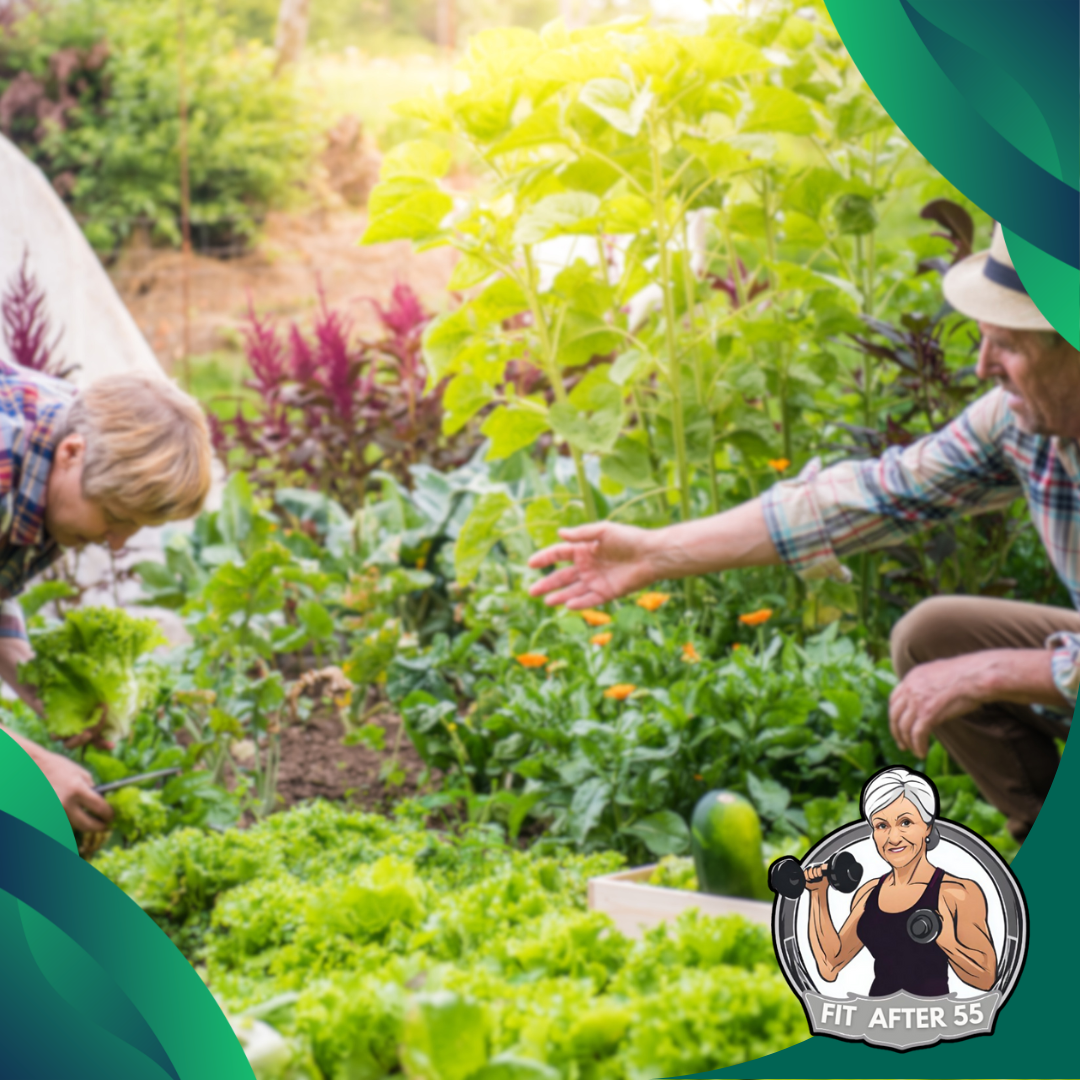
Take a look at this video showcasing the single best exercise for improving balance in seniors.
By: Tim Fraticelli – PTProgress
Enhancing Wellness: Integrating Balance Exercises into Senior Gardening
Incorporating balance exercises into gardening for seniors enhances physical health and enriches the overall gardening experience. By integrating balance movements with your gardening routine, you can strengthen your body while enjoying nature’s calming and therapeutic benefits. Every bend, stretch, and squat in your garden becomes a chance to improve your stability and core strength, turning routine tasks into beneficial exercises. This harmonious blend of physical activity and gardening creates a holistic approach to wellness that nurtures both body and mind.

As you implement these balance exercises, remember that the goal is to create a safe and enjoyable environment where you can thrive. Gardening can be adapted to include simple balance-enhancing moves, allowing you to stay active while tending to your plants. Whether incorporating ergonomic principles or designing a garden that supports stability, each adjustment contributes to a more balanced and secure experience. Embrace these practices, stay mindful of safety, and let your garden serve as a sanctuary for both your body and soul. With this guide, you’re well on your way to transforming your garden into a vibrant, balance-boosting haven that supports your overall well-being.
Frequently Asked Questions
How Can Balance Exercises Benefit Seniors Who Garden?
Balance exercises can help seniors improve their stability, reduce the risk of falls, and enhance overall physical health. Incorporating these exercises into gardening routines allows seniors to strengthen core muscles and improve coordination while enjoying their favorite outdoor activity.
How Can I Design a Garden to Support Balance and Safety for Seniors?
To design a senior-friendly garden, create wide, flat pathways, use raised beds, and choose plants that grow at waist level. Incorporate non-slip surfaces and ergonomic tools to minimize physical strain and reduce the risk of falls.
What Should I Consider When Incorporating Balance Exercises Into My Gardening Routine?
Consider starting with basic exercises and gradually increasing their intensity. Listen to your body’s signals, prioritize safety by using supportive footwear, and ensure garden paths and surfaces are even to prevent accidents.
Are There Specific Gardening Tools That Can Help With Balance Exercises?
Using lightweight, ergonomically designed tools can reduce strain and improve balance. Long-handled tools can help avoid bending and stretching, making gardening tasks easier and safer.
How Can I Stay Safe While Performing Balance Exercises in the Garden?
Ensure you use non-slip footwear and keep paths and surfaces even to avoid tripping. Have a phone nearby for emergencies, and consider gardening with a companion to enhance safety and provide assistance if needed.
Stay Energized and Flourishing: Become Part of the Fit After 55 Community!
Find your fitness inspiration at Fit After 55!
Explore our website (https://www.vitalityseniorliving.com/resources_for_senior/staying-fit-at-55/) for engaging content, expert tips, and product reviews designed specifically for seniors. Connect with our encouraging community on Facebook (https://www.facebook.com/fitafter50dotcom/) and connect with others who share your commitment to staying active and healthy.
Let’s start this fitness adventure together—because age is just a number!

